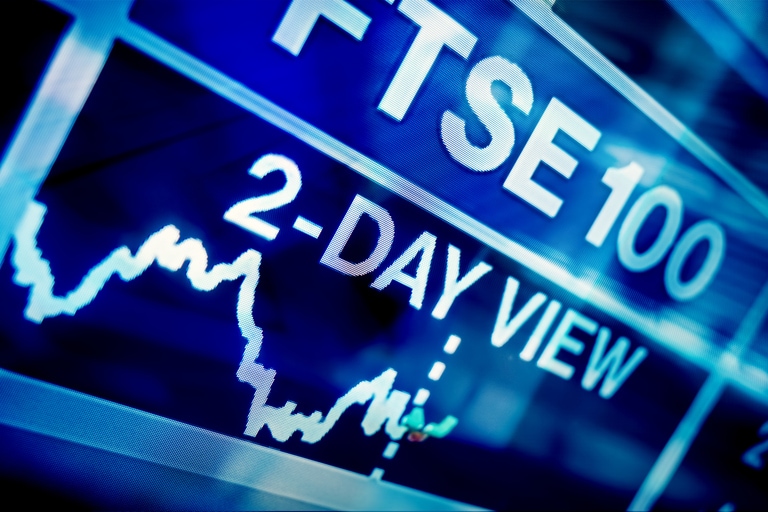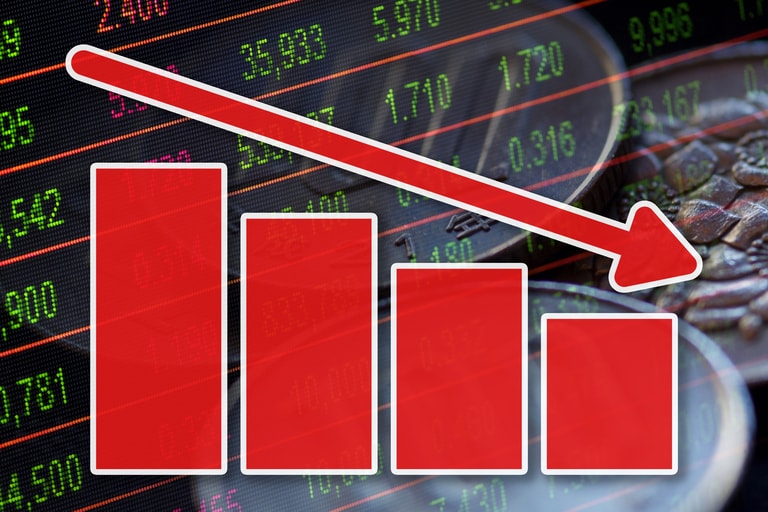Last week was the fourth successive week of gains for equity markets in Europe as well as the US, despite some high-profile earnings misses.
It’s been particularly notable that while we’ve seen some notable earnings misses, especially in the tech sector, by and large the more traditional areas of the market have performed better.
While equity markets have been rebounding strongly, we’ve seen the US dollar, as well as bond yields start to go in the opposite direction, with sharp falls in both in recent days, begging the question as to why the sudden about turn.
We’ve seen evidence that inflation may be starting to slow in the US, while at the same time there is increasing concern that the rate rises seen so far are starting to act as a drag on certain parts of the economy, the housing market more noticeably.
These concerns are likely to have been behind the recent decisions by the RBA, and the Bank of Canada to hike rates by less than expected in recent weeks.
There were also the recent reported comments from San Francisco Fed President Mary Daly just over a week ago, when she said that after November, the time could be ripe for talk about stepping down the current pace of aggressive rate hikes.
This in turn has fed a hope, or an expectation, that this week’s Fed meeting could see a slight softening of the US central bank's tone about the size of future rate increases, as we head into 2023. It’s certainly a narrative that isn’t likely to be confined to Mary Daly given that Fed vice-chair Lael Brainard articulated similar concerns in comments made recently.
There also seems to be a similar debate amongst other central banks about the balancing act or trade-offs between hiking aggressively and the longer-term impact on the growth glide path of the economy, with last week’s ECB meeting a case in point, where the decision to raise rates by 75bps was not unanimous, with the hawks winning out on this occasion.
We’re certainly not anticipating a pause in the Fed’s hiking cycle but rather than seeing big rate moves, we start to see a reduction in the size of any future increases, after this week’s expected 75bps move, with perhaps 25bps or 50bps in December.
While US inflation appears to be showing signs of slowing, the same can’t be said for inflation in Europe which appears to be continuing to rise, after last week’s hot German inflation numbers for October.
The sharp rise seen here is likely to manifest itself in today’s final EU CPI numbers for October which are expected to push up above 10% to 10.3%. Core prices are also expected to rise, from 4.8% to 5%, which in turn could continue to exert upward pressure on rates across Europe. This is the nightmare scenario for the ECB, as the pressure to hike further will only increase at the same time as the economy continues to slow.
In the UK, the latest mortgage and credit card lending data is expected to show further weakness in September. Mortgage approvals are expected to slow to 63.7k, from 74.3k in August, ahead of the next increase in the energy price cap in October. Net lending on mortgages is expected to slow to £5.2bn from £6.1bn.
Net consumer credit is also expected to slow slightly to £1bn, from £1.1bn.
As we look ahead to this week’s price action the main driver is undoubtedly going to be Wednesday’s Fed meeting, followed by the Friday payrolls report, although the Bank of England could well provide some fireworks given recent moves in gilt and sterling markets.
After last week’s positive finish European markets look set to start the week slightly higher, despite another set of weak Chinese services and manufacturing PMIs, which has prompted a mixed Asia session.
EUR/USD – a sharp retreat from the 1.0090 area has seen the euro slip back below parity, however the pullback has managed to stay above the 50-day SMA, which is currently at the 0.9880 level. A move below 0.9870 targets a move back towards the 0.9750 area.
GBP/USD – has found resistance at the 1.1640 area and trend line resistance from the highs this year. We could slip back to the 1.1410 area and 50-day SMA, but bias remains higher towards 1.1700, while above this key level.
EUR/GBP – slipped below the 100-day SMA as well as trend line support from the August lows. A move below the 0.8570 area could well see further weakness towards the 200-day SMA and the 0.8500 area. Resistance now at the 100-day SMA and 0.8690 area.
USD/JPY – the last two weeks has seen the US dollar slip back modestly, finding support at the 145.10 area last week. A break below 145.00 could see 140.00. Resistance now at 148.40.
CMC Markets erbjuder sin tjänst som ”execution only”. Detta material (antingen uttryckt eller inte) är endast för allmän information och tar inte hänsyn till dina personliga omständigheter eller mål. Ingenting i detta material är (eller bör anses vara) finansiella, investeringar eller andra råd som beroende bör läggas på. Inget yttrande i materialet utgör en rekommendation från CMC Markets eller författaren om en viss investering, säkerhet, transaktion eller investeringsstrategi. Detta innehåll har inte skapats i enlighet med de regler som finns för oberoende investeringsrådgivning. Även om vi inte uttryckligen hindras från att handla innan vi har tillhandhållit detta innehåll försöker vi inte dra nytta av det innan det sprids.






